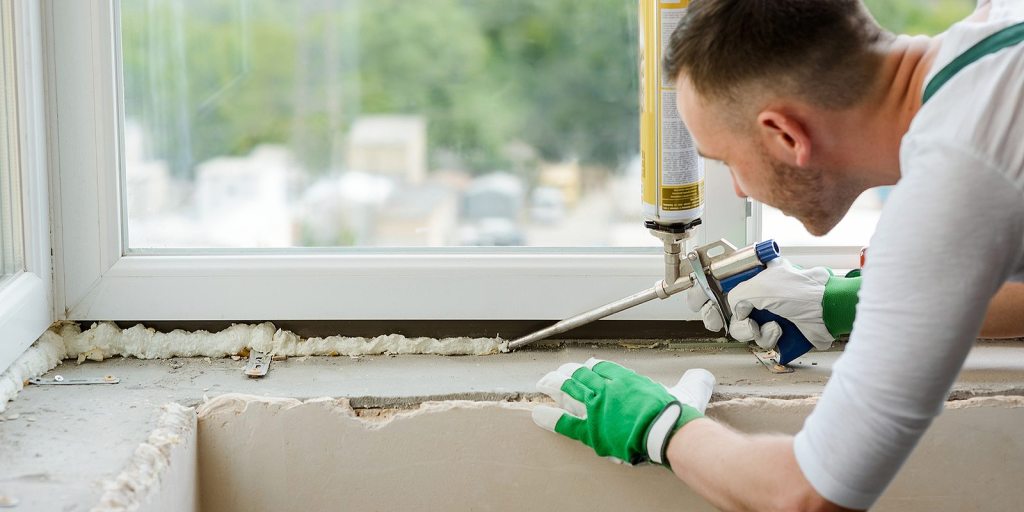Caulking maintenance is an essential aspect of home and building care that is often overlooked. The importance of regular inspection and refreshing of seals cannot be overstated, as it plays a crucial role in maintaining a well-sealed environment. In this comprehensive guide, we will delve into the significance of caulking maintenance in Sydney, identify signs of deteriorating caulk, discuss the tools and materials needed for inspection and refreshing, outline a step-by-step process for inspection, provide a DIY guide for refreshing caulk, and share best practices for long-term seal preservation.
Importance of Caulking Maintenance
Caulking serves as a vital component in sealing gaps and preventing leaks, contributing significantly to maintaining energy efficiency within homes and buildings. Regular caulking Sydney maintenance extends seals' lifespan and prevents costly repairs by addressing issues before they escalate. It ensures that the property's structural integrity is preserved and that energy costs are minimised through efficient insulation.

Signs of Deteriorating Caulk
Identifying signs of deteriorating caulk is crucial for timely intervention to prevent water damage and air infiltration. Common signs include cracks, gaps, discolouration, and peeling. Addressing these signs promptly can mitigate potential damage and maintain the integrity of the sealed areas.
Tools and Materials Needed for Inspection and Refreshing
For effective inspection and refreshing of caulk, essential tools such as a caulk gun, scraper, utility knife, and appropriate caulk type for different surfaces are required. Selecting high-quality caulking materials suitable for specific applications is essential to ensure lasting results.
Step-by-Step Inspection Process
The inspection process involves a simple yet thorough examination of existing caulking around windows, doors, bathtubs, sinks, and other areas prone to moisture exposure. Emphasis is placed on checking for potential issues that require attention, ensuring the inspection is comprehensive and meticulous.
Refreshing Caulk - A DIY Guide
Readers will be guided through the step-by-step process of removing old caulk, preparing the surface, applying new caulk, and smoothing it out for a neat finish. Safety precautions and best practices will be highlighted to ensure a successful caulking job and minimise potential risks.
Best Practices for Long-Term Seal Preservation
This section will offer valuable maintenance tips to help prolong the life of newly applied caulk. Additionally, advice on scheduling regular inspections to catch early signs of deterioration will be provided, empowering readers to take proactive measures in preserving their caulking seals.
Conclusion
In conclusion, maintaining caulking seals is a fundamental aspect of property care. By understanding the importance of caulking maintenance, recognising signs of deteriorating caulk, utilising the right tools and materials, following a thorough inspection process, mastering the art of refreshing caulk, and adopting best practices for long-term seal preservation, individuals and businesses can ensure comfortable and energy-efficient living or working space.
In the journey of caulking maintenance, taking proactive measures can save time, effort, and resources while contributing to the longevity and efficiency of the property. By staying informed and attentive to the condition of caulking Sydney seals, individuals and businesses can enjoy the benefits of a well-maintained, sealed environment.
So, let's embark on this journey together and ensure that our living and working spaces are well-protected, efficient, and comfortable through effective caulking maintenance.
Source From: Caulking Maintenance: Tips for Inspecting and Refreshing Your Seals
